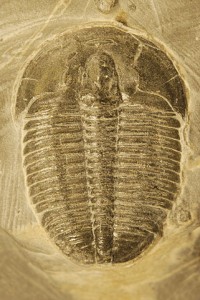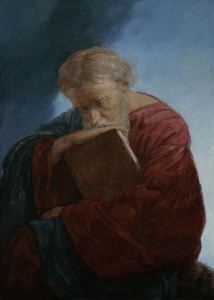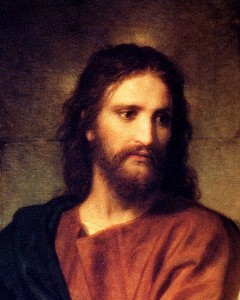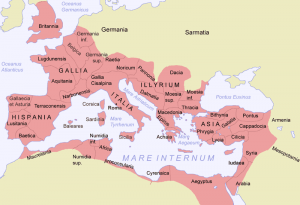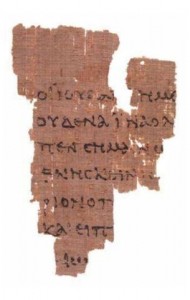
The Rylands Library Papyrus P52, thought to be the earliest extant fragment of a New Testament text. It contains part of the Gospel of John and dates between 117-138 A.D. It is displayed in a climate-controlled case at the John Rylands Library in Manchester, England.
The New Testament is a diverse collection of 27 books, mostly written during the first century A.D. by a range of authors. Four of these books, called the gospels, relate the life, ministry, death, and resurrection of Jesus. Another book, Acts of the Apostles, traces the early history of the Christian church as it was formed and began to spread. Twenty-one books are letters, written by various authors (one of whom was a very important missionary, Paul). These letters, or epistles, consist of doctrine, counsel, conflict resolution in the early church, and so on. A final book, Revelation, is a work of apocalyptic prophecy. Over the early centuries of Christianity, these 27 books became recognized as the church’s official canon.
Given the awesome span of time between their original writing and today, it’s no surprise that we no longer have the original texts. The books come down to us today thanks to the work of monks and scribes who, over the centuries, copied and recopied the scrolls, attempting to faithfully reproduce the texts and preserve them for future generations.
Continue reading →
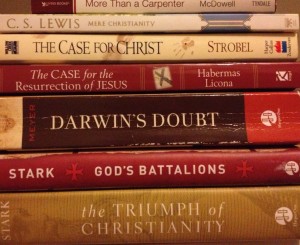 You may be a committed Christian, secure in your faith. Or, you may be a curious person, open to Christianity, but wondering if there’s really anything to it. Regardless, you should read the following eight books.
You may be a committed Christian, secure in your faith. Or, you may be a curious person, open to Christianity, but wondering if there’s really anything to it. Regardless, you should read the following eight books.




